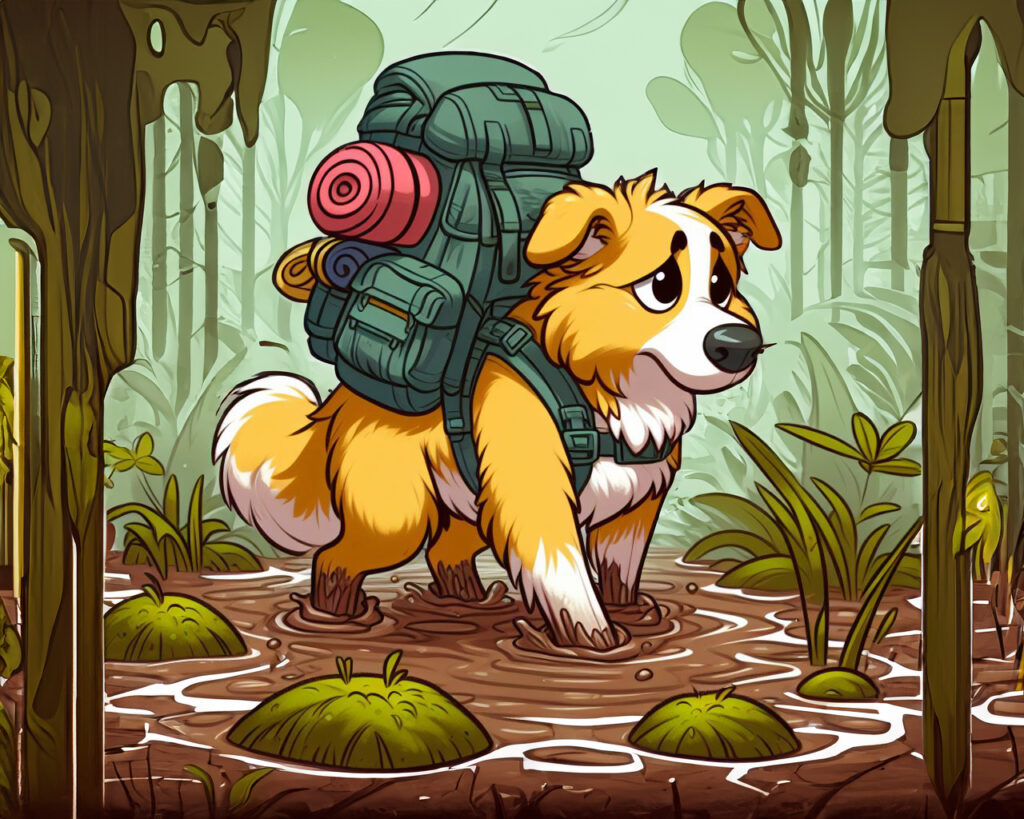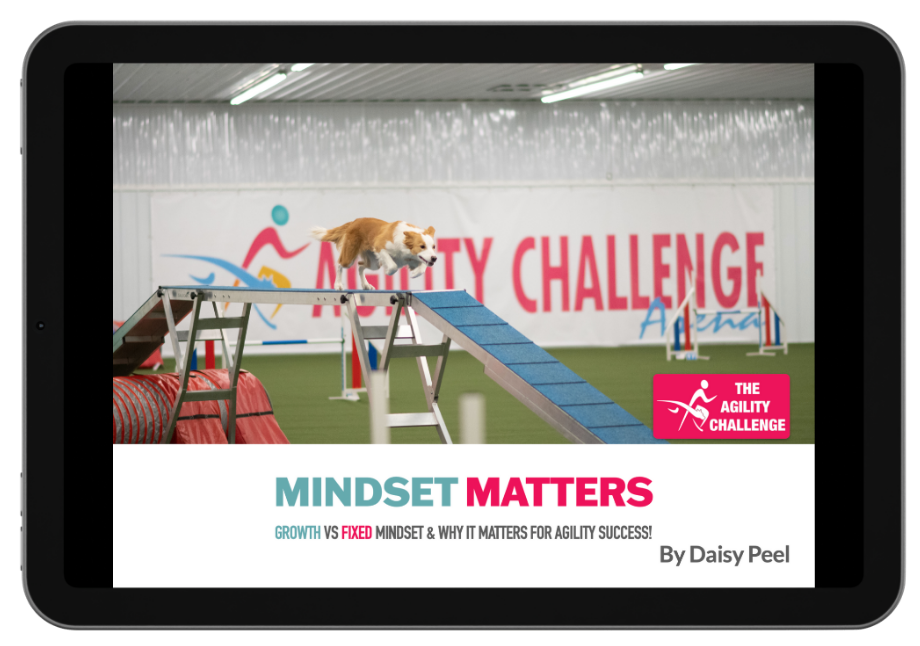
In Daniel Coyle’s Little Book of Talent, we’re now moving in to the second category of tips – improving skills. He writes that those in the ‘talent hotbeds’ he visited had a different relationship with practicing than people elsewhere. Rather than viewing practice as necessary drudgery, like eating your vegetables, something necessary for competition, for people in talent hotbeds practice was the game, the center of their world, and the focus of their daily lives. Now, of course, for most of us, agility is not the focus of our daily lives, but I do think that for many of us, and sometimes myself included, we view training as something that just gets us somewhere, rather than the main focus.
In my online training platform, The Agility Challenge, I bring up the topic of deep or purposeful practice, again and again. This concept comes up here as well, and that’s because it works. Deep, purposeful practice is practice that is designed to get you to reach. It’s the kind of practice where you stretch yourself slightly beyond your current ability, and where you spend time in the zone of difficulty called the sweet spot. Deep purposeful practice embraces the power of repetition, so that actions and behaviors become fast and automatic. It requires the development of a practice space that enables you and your dog to reach and repeat, stay engaged, and improve skills over time.
In the previous 12 tips, the main focus was getting ready. The next several tips will be about action: strategies and techniques to direct you and your dog toward deep practice and away from the unproductive swamp of ‘shallow practice’.

When we talk about finding the sweet spot, what do we mean? Well, the sweet spot is that place, right on the edge of your ability, where you and your dog learn best, and fastest. How do you find this sweet spot?
If you’re in your comfort zone, you feel a sense of ease, and effortlessness. You’re working, but you’re not reaching, and you’re not struggling. In the comfort zone, you’re going to have a success rate of around 80% with the tasks you’re trying to accomplish. Note that even in your comfort zone, there’s not an expectation of 100% success!
However, if you’re in the sweet spot, you’re going to feel some frustration, some difficulty, and you’re going to be alert to errors. You’re fully engaged in a struggle, as though you’re stretching for a nearly unreachable goal, just brushing it with your fingertips, and then reaching again. Your success rate will be 50-80% if you’re operating in the sweet spot.
On the other side of the sweet spot is the survival zone. In the survival zone, you’re going to feel confused, and desperate. You’re overfaced, and overmatched, feeling a sense of scrambling, thrashing around, and guessing. If you guess right, it’s mostly luck. Your success rate in this zone is less than 50%. This is NOT a fun place to be!
Everybody’s sweet spot is different, and your own sweet spot is going to change over time as you and your dog’s skills evolve. You may need to get creative to find just where your sweet spot is! Coyle discusses how some golfers work on their swings under water, so that they are slowed down, and can sense and fix mistakes. Some musicians play songs backward so they can get a better sense of the relationship between notes. The way you find the sweet spot and work inside of that zone may look a lot different than running a course, or a sequence! Regardless of the method you choose to find this sweet spot, you want to seek out ways to stretch yourself. You want to play on the edges of your competence.
One must develop an instinct for what one can just barely achieve through one’s greatest efforts.
Albert Einstein
The key word in Albert Einstein’s quote is barely. Ask yourself: If you tried your absolute hardest, what could you almost do? Figure out the boundaries of you and your dogs’ current abilities, mark those boundaries, and then aim a little beyond those boundaries. THAT is your sweet spot!


I love the idea of finding the. Sweet spot and working just on the edge of our skill level. My struggle is how I handle situations in class where we are clearly over faced and things just get out of control, for example sequence is too hard or too long. How do I get back to the sweet spot again? Maybe break down the sequence more, reward more etc?
Yep, break it down, and ALSO, determine if it’s a skills issue (dog doesn’t know the behavior required) OR a communication systems issue (dog doesn’t know yes from no, right from wrong, etc.). Communication systems issues are fundamental issues that affect ALL your training, so those are what I typically look at FIRST, and THEN evaluate if it’s a skills issue.